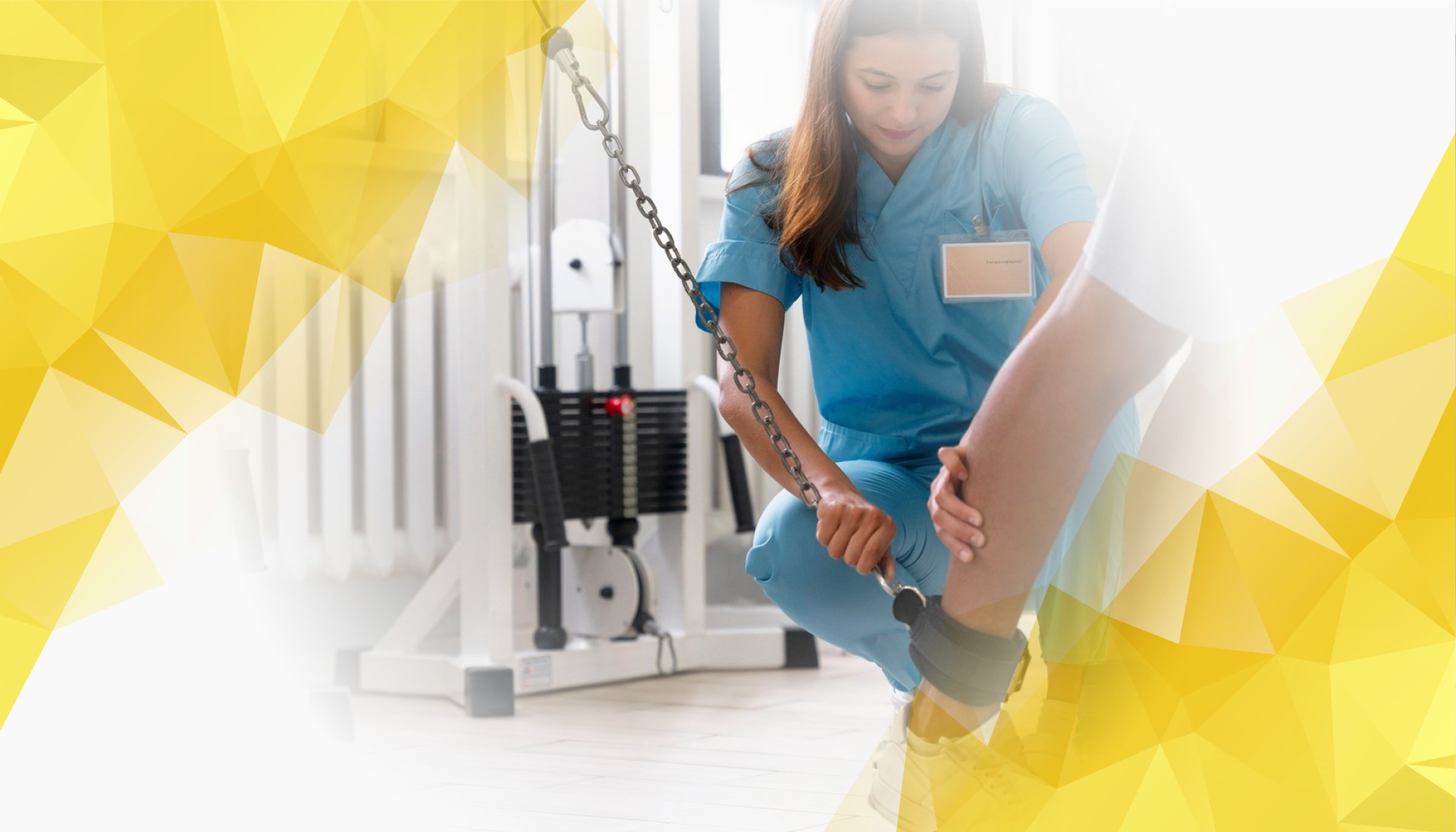Introduction: Why Gait Analysis Matters in Modern Rehabilitation
The way we walk—our gait—can reveal a lot about our health, especially when we’re recovering from injuries or managing movement disorders. Gait analysis has become an invaluable tool for clinicians, helping them spot mobility problems, personalise treatments, and track patient progress with precision. MAI Motion is at the forefront of this field with innovative technology that delivers fast, convenient, and highly personalised gait analysis . In this article, we’ll explore how MAI Motion combines advanced sensors and evidence-based techniques to create rehabilitation programs tailored to each patient’s unique walking pattern—improving outcomes and redefining patient care.
The Technology Behind MAI Motion’s Gait Analysis
MAI Motion ’s system relies on compact, wearable devices known as inertial measurement units (IMUs). These small sensors attach comfortably to the body and track crucial movement details like joint angles, step length, and walking speed as individuals go about their usual activities. Unlike traditional gait analysis —which often requires bulky, expensive equipment in a lab— MAI Motion ’s solution is portable and captures high-quality data in everyday environments. Intelligent computer algorithms, informed by the latest research, then analyse this information to build a clear and accurate profile of each person’s gait . Even subtle movement issues, which might otherwise go unnoticed, can be identified. This advanced, practical approach empowers clinicians to make more informed decisions and tailor rehabilitation plans to each individual.
How Customised Gait Analysis Enhances Rehabilitation
MAI Motion ’s real breakthrough comes from how it personalises care. For example, a stroke survivor struggling with balance may get targeted training to improve weight distribution, while a patient coming back from knee surgery can focus on enhancing joint flexibility and correcting compensatory movements. Studies show that these individualised programmes lead to faster, more effective recovery than generic approaches. Because MAI Motion ’s system continuously monitors progress, therapists can make real-time adjustments, ensuring that each step of the journey is guided by up-to-date information. This data-driven approach moves beyond “one-size- fits -all,” making rehabilitation more effective, responsive, and centred around each patient’s needs.
Looking to the Future: Expanding the Possibilities of Gait Analysis
The potential of MAI Motion ’s gait analysis extends well beyond the rehab clinic. As sensor technology and artificial intelligence continue to advance, these tools could soon detect the earliest signs of movement issues or predict who may be at risk of falls—helping prevent problems before they develop. Integrating gait data with other health information may open the door to truly personalised medicine , where treatment plans consider a patient’s overall health picture. And thanks to its portability, this technology is ideal for remote monitoring and tele-rehabilitation, providing expert support wherever patients live. As research grows and clinical validation strengthens, we’re likely to see gait analysis transform not just rehabilitation, but the broader landscape of preventive and personalised healthcare.
Conclusion: A New Era of Personalised Rehabilitation
MAI Motion ’s customised gait analysis represents a leap forward in rehabilitation , blending state-of-the-art sensor technology with scientific insight to reshape patient care. By offering in-depth, individual assessments, it empowers healthcare professionals to design targeted therapy plans that speed recovery and deliver better outcomes. Looking ahead, this approach holds promise for enabling more adaptive, preventive, and patient-centred care —moving us closer to a future where every patient receives support tailored specifically for them, unlocking greater mobility and a higher quality of life.
References
Armstrong, K., Zhang, L., Wen, Y., Willmott, A. P., Lee, P., & Ye, X. (2024). A marker-less human motion analysis system for motion-based biomarker identification and quantification in knee disorders. Frontiers in Digital Health. https://doi.org/10.3389/fdgth.2024.1324511
Wen, Y., Verma, T., Whitehead, J. P., & Lee, P. (2025). Empirical Validation of a Streamlined Three-Repetition Sit-to-Stand Protocol Using MAI Motion. Applied Sciences, 15(10), 5688. https://doi.org/10.3390/app15105688

